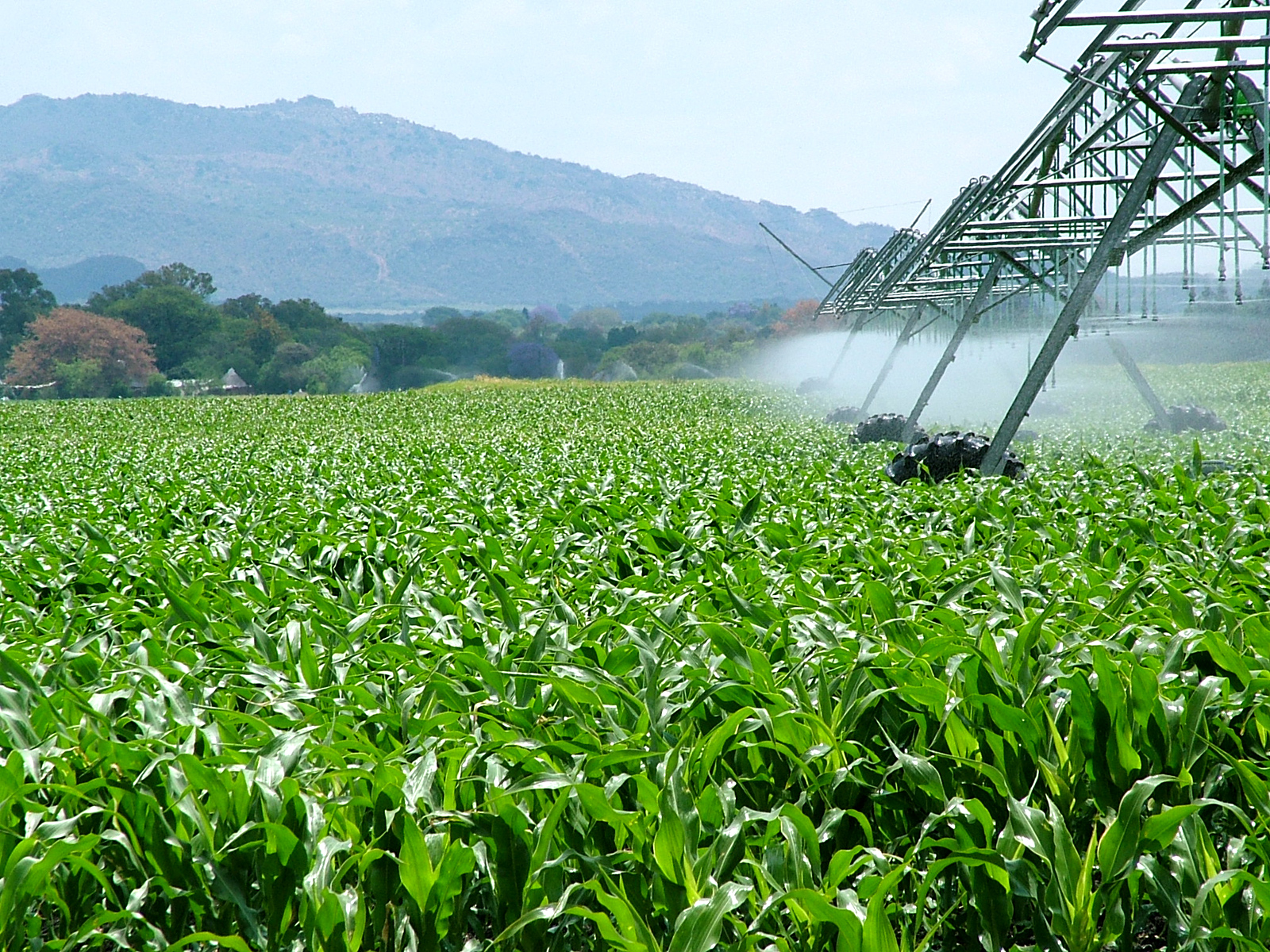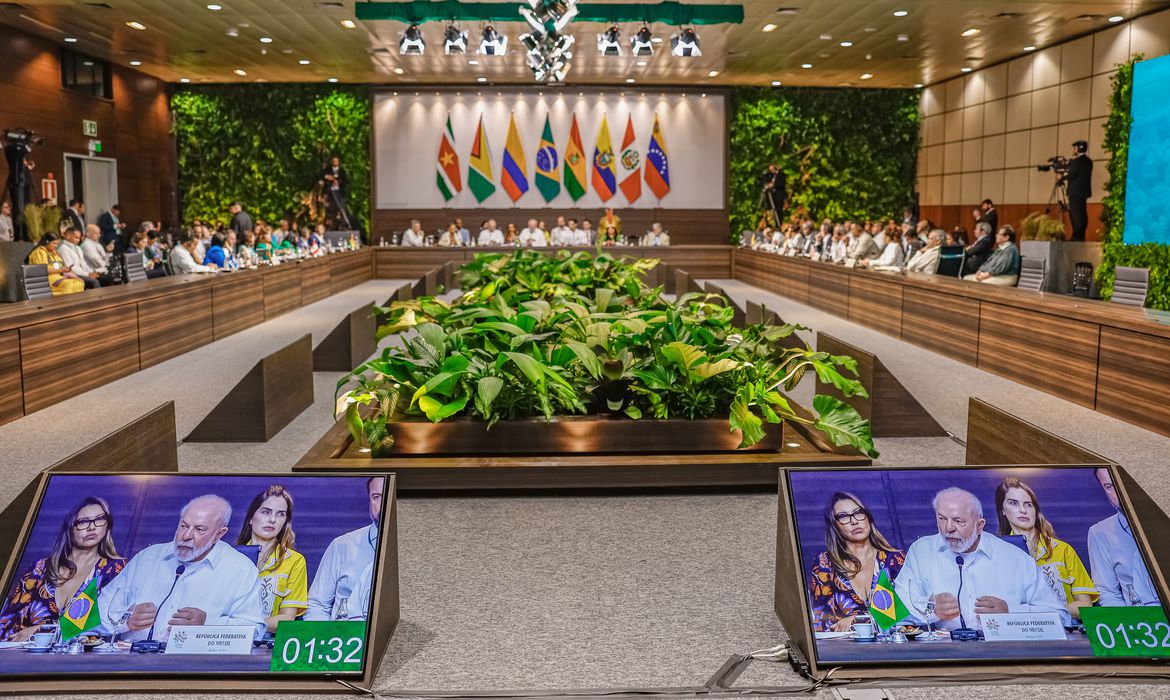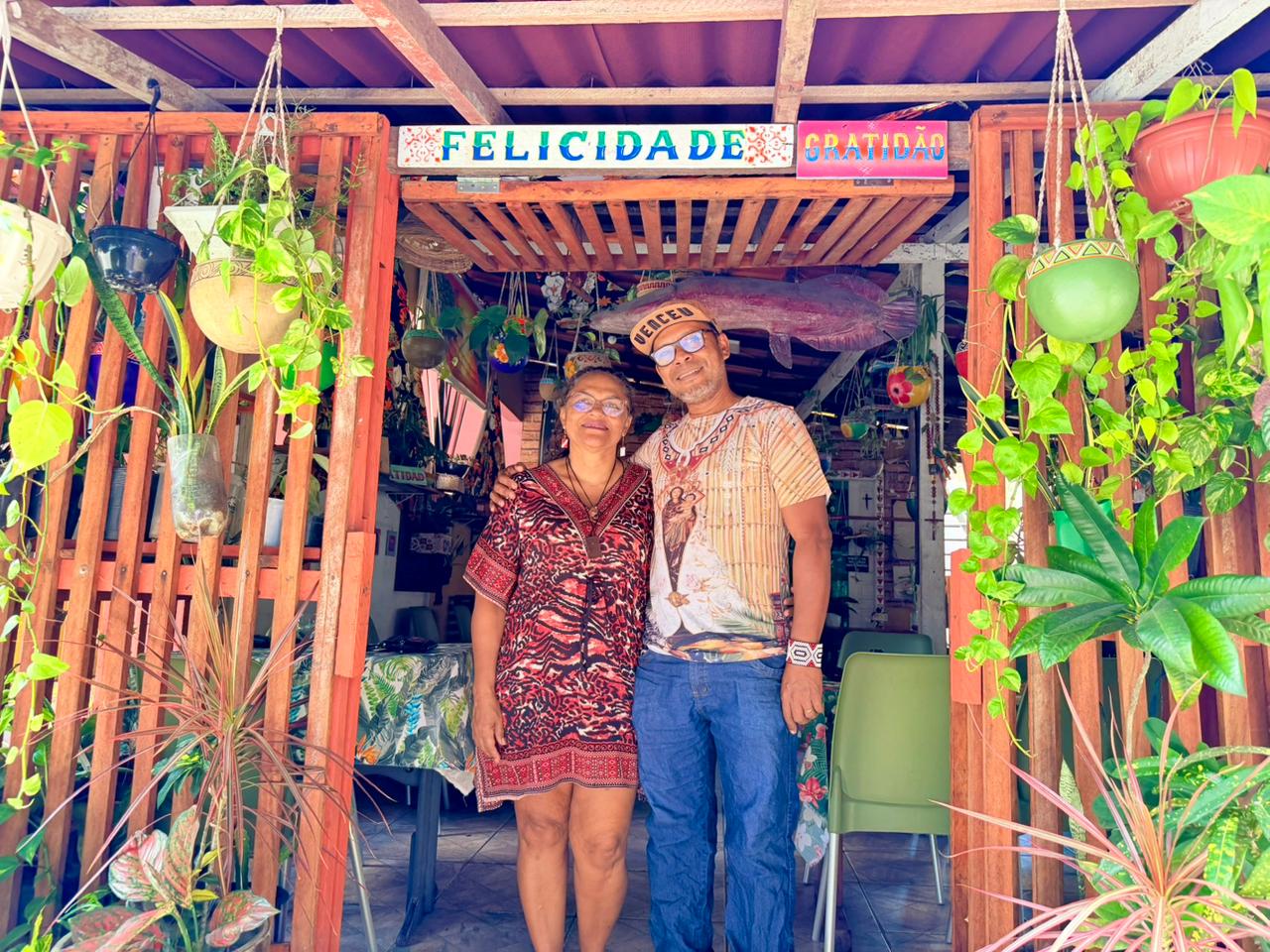
False solutions to the climate crisis from agriculture
The real impact of agribusiness on the climate crisis and the false solutions proposed by the sector
Catalina Roig, from NINJA’s Collaborative Coverage at COP30
Several organizations rejected the presence of the Agrizone space at COP30 — a space sponsored by the Brazilian Confederation of Agriculture and Livestock (CNA), with participation from companies such as Nestlé and Bayer. The controversy lies in Agrizone’s goal of presenting sustainable solutions that originate from Brazil’s agribusiness sector.
However, the National Agroecology Alliance (ANA) published a public statement expressing its repudiation, asserting that the space was created ‘as part of a clear process of corporate capture of the climate agenda, which threatens to turn the COP into a stage for greenwashing and the privatization of environmental policies.’
In turn, a statement from the organization Grain claimed that ‘the combination of deforestation, land grabbing, extensive cattle ranching, and crops drenched in pesticides and fertilizers had made Brazil notorious for climate destruction.’
These organizations also criticize the role played by the agro-industrial sector in the country’s greenhouse gas emissions. They argue that the supposedly sustainable solutions it proposes are not real.
The Impact of the Agro-industrial Sector
Globally, agriculture, forestry and land use already account for 18.4% of greenhouse gas emissions, according to data from Climate Watch. If we consider the entire food system — including processing, refrigeration, transportation and food production — this percentage rises to around 25% of total emissions.
In Brazil, the impact is even more critical: the agricultural sector accounted for 75% of the country’s total emissions in 2024, according to the Greenhouse Gas Emissions and Removals Estimating System (SEEG), from the Climate Observatory. Despite this alarming figure, the national law that regulates carbon markets and defines rules for sectors emitting more than 10,000 tons of greenhouse gases per year excluded the agricultural sector from this list.
False Solutions Proposed by Agribusiness
A joint initiative between the Latin American and Caribbean Platform for Climate Justice and the Global Campaign to Demand Climate Justice seeks to map and expose these false solutions. They are defined as “any initiative, project or proposal that claims to protect the planet and its inhabitants with formulas that include deception, technical flaws, alleged technological innovation, and a discourse of climate action, but which in practice perpetuate consumption and the concentration of wealth as we know them.”
Among the various types, several are directly linked to the agro-industrial sector. A document from the Transition Network for a Just Food System analyzed some of these proposals in the livestock sector, detailing why they are considered unsustainable:
• Industrial conversion of biogas/biodigesters: This technology aims to capture gases from cattle manure (a major source of methane) to convert them into “clean” energy. However, these large biodigesters encourage greater manure production, reinforcing industrial agriculture, and are also susceptible to leaks.
• Carbon farming and carbon sequestration: The proposal promises to capture carbon from the air and store it in the soil through grazing. However, most of these programs guarantee storage for only about 10 years, whereas significant impact would require a minimum of 100 years.
• Carbon offsets and carbon markets: Mechanisms that allow polluting companies to purchase carbon credits to offset their emissions. The system is frequently criticized for being poorly regulated, often violating the rights of communities (especially Indigenous peoples in their territories), and harming the very ecosystems it claims to protect.
• Feed additives: These aim to reduce methane emissions from ruminants through diet. Their effectiveness, however, lacks sufficient proof — and they may cause other issues, such as antibiotic resistance.
• Sustainable intensification: This approach proposes producing as much food as possible on the smallest land area, with minimal environmental impact. Without structural changes (such as sustainable consumption or fair distribution), this system can lead to further land expansion and increased profits for large industries.
• Regenerative grazing: A practice that claims to restore soil and ecosystem health. However, the concept lacks clear definitions and objectives, and may cause harm to wildlife by consuming and trampling vegetation, polluting waterways, and spreading invasive species.
Pathways to Real Solutions
Many organizations argue that the only viable way out of the climate crisis is transitioning from the current agri-food system to one that is fairer, more sustainable, and ensures food sovereignty in all regions. To achieve this, it is necessary to open the debate on the role of agribusiness in land concentration and extensive land use, as well as its control over seeds — factors that limit farmers’ autonomy to use their own varieties.
It is essential to envision another possible food system: one that promotes more sustainable diets, with greater consumption of local and seasonal foods, reduced beef consumption, and encouragement of agroecological practices that protect both human rights and ecosystems.
While Agrizone proposes solutions that perpetuate the status quo and the concentration of wealth, the real response to the climate crisis does not lie in technological innovation for profit but in the structural transformation of the production and consumption system. The future of the climate depends, crucially, on a transition to an agroecological model that prioritizes life over capital.




